Why Us ? revived by our clients


Enterprises Worldwide

Employees
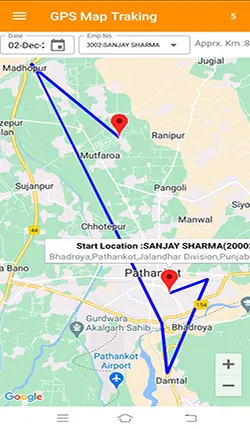





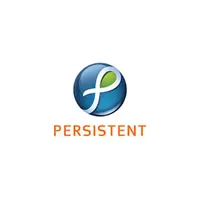


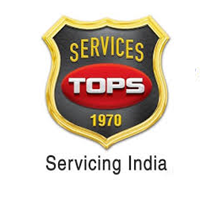
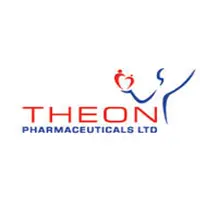


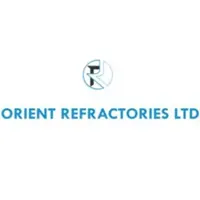

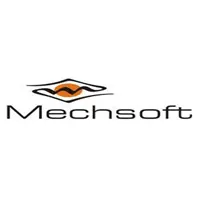


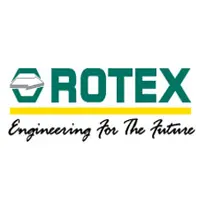


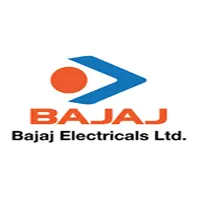





















HRMS software (Human Resource Management System) is a comprehensive solution designed to streamline various HR functions and processes within an organization. Here are some key features and functionalities commonly found in HRMS software:
Employee Database Management: HRMS software serves as a centralized repository for storing and managing employee information, including personal details, contact information, employment history, qualifications, and performance evaluations.
Recruitment and Applicant Tracking: This feature facilitates the entire recruitment process, from posting job openings to screening applicants, scheduling interviews, and making job offers. Applicant tracking capabilities help HR professionals manage candidate pipelines efficiently.
Onboarding and Offboarding: HRMS software automates onboarding tasks such as sending welcome emails, collecting new hire paperwork, assigning training modules, and setting up access to systems and tools. Similarly, it streamlines offboarding processes, including exit interviews, equipment retrieval, and deactivating access.
Time and Attendance Management: HRMS systems often include time management and attendance tracking functionalities, allowing employees to clock in and out, submit leave requests, and allow managers to approve timesheets. This helps with accurate payroll processing and compliance with labor regulations.
Payroll Processing: HRMS software automates payroll calculations, tax withholdings, and direct deposits, streamlining the payroll process while ensuring accuracy and compliance with tax laws. It may also generate pay stubs and tax forms for employees.
Benefits Administration: HRMS systems assist in managing employee benefits programs, including health insurance, retirement plans, flexible spending accounts, and other perks. Employees can enroll in benefits, make changes, and view their coverage through self-service portals.
Performance Management: This feature helps HR professionals and managers track employee performance, set goals, conduct evaluations, and provide feedback. Performance management modules often include performance appraisal templates, competency assessments, and goal alignment tools.
Training and Development: HRMS software may offer training management functionalities, allowing HR departments to create, deliver, and track employee training programs. It may include features such as course catalogs, certification tracking, and skills assessments.
Employee Self-Service Portals: Self-service portals empower employees to access their HR information, update personal details, view pay stubs, request time off, enroll in benefits, and more, reducing the administrative burden on HR staff.
Reporting and Analytics: HRMS systems provide reporting tools to generate various HR analytics and insights, such as employee turnover rates, workforce demographics, compensation trends, and training effectiveness. This data helps HR professionals make informed decisions and identify areas for improvement.
Compliance Management: HRMS software helps organizations stay compliant with labor laws, regulations, and industry standards by automating compliance-related tasks, generating compliance reports, and providing alerts for upcoming deadlines or changes in regulations.
When selecting HRMS software for your organization, consider factors such as scalability, ease of use, integration capabilities with existing systems, vendor support, and pricing models. It’s essential to choose a solution that aligns with your organization’s needs and goals while providing the flexibility to adapt to future changes.